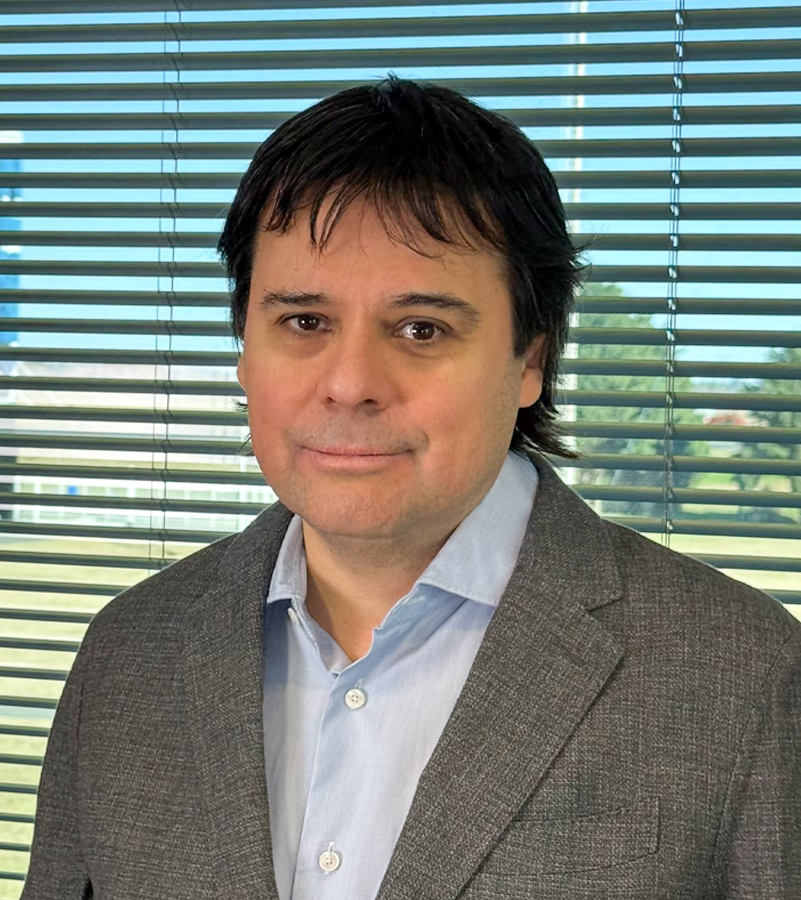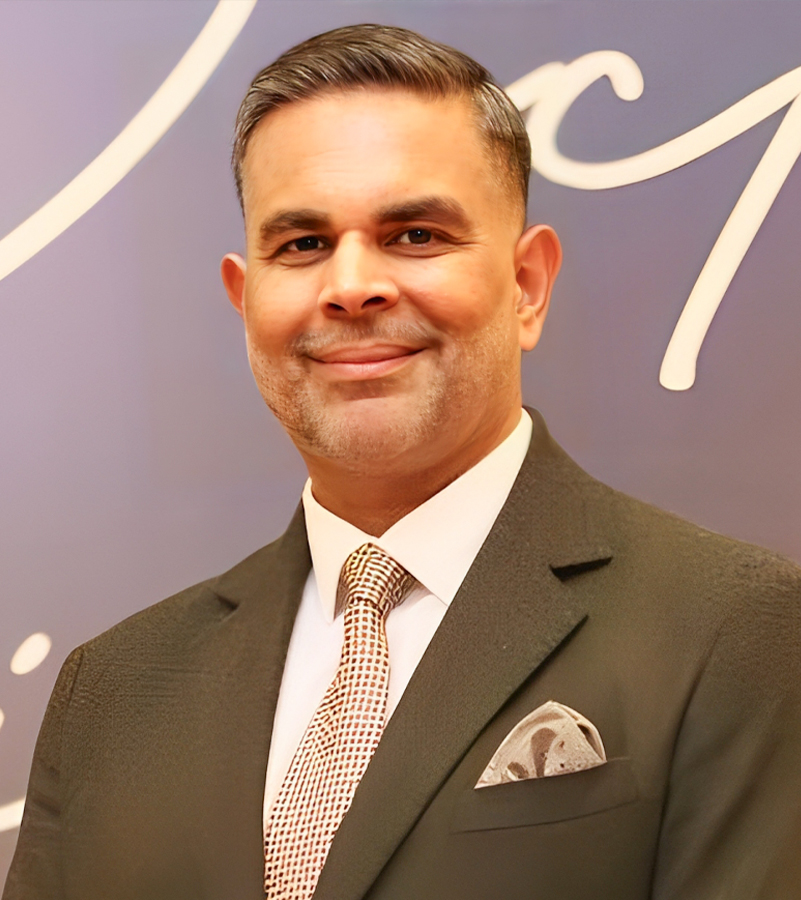"Trust is the foundation of any business and of shared growth."
Can you tell us what has contributed to d.light’s success over the years?
Well, it’s hard to pick one single factor. I would say there are three pillars that have led to our success. The first pillar is around the product. In 2007, when d.light was founded, the focus was creating a durable, high-quality product that was also very affordable for rural populations, primarily in Sub-Saharan Africa and India. There was a big focus on product quality. I think that really helped build the brand in the early days as a big differentiator between the things one could find in the market and having a brand with a product that lasts for upwards of 10 years versus other things you could buy, which might last a couple of months, really set us apart.
That was pillar number one—the product side and the product innovation—focusing on human-centered design. From our origins out of the design school at Stanford, we were very focused on rapid prototyping, getting feedback from customers, making modifications to the product based on that feedback and really honing in on precisely what the customer needed.
Pillar number two was around last-mile distribution. In the markets where we operate, there really isn’t a last-mile distribution infrastructure for consumer electronics. There is for fast-moving consumer goods like shampoo, rice or bread, but not for consumer electronics. We had to build that out ourselves. So we now have a network of around 15,000 to 20,000 commission-based agents in Sub-Saharan Africa, and we have 30,000 retail points globally. That was a big part of our success as well—building out that last-mile distribution network.
Then the third really important piece was financing. What we found is that customers can’t afford to pay for a product that costs more than about $25 or $30 retail. As we expanded into larger products that could provide a full on-grid experience in an off-grid community, we needed to finance those products for customers. We built a lot of capabilities around screening unbanked customers without a credit history and then collecting from them. Then, we were able to leverage the data we gathered on those customers and their payment performance to create securitized vehicles that could purchase the receivables as we generated them to produce a reliable source of capital to grow that business. So the three key pillars are product, last-mile distribution and financing.
Can you walk us through how your product line has evolved?
The company was founded with the goal of eradicating the kerosene lantern. Our early products were solar lanterns—basically just a kerosene lantern replacement. It’s a simple product with a solar panel built-in, a small battery, and a light. Very basic. Our cheapest one today costs as little as $4 retail. These are very basic products.
But over time, we realized that customers wanted more than just light. First, the next rung up was mobile charging. So we introduced lanterns that had lighting plus mobile charging capability. Then, people wanted more than that—they wanted a full on-grid experience living in off-grid areas. So we developed a solar home system product line that included multiple lights with light switches, still could charge phones, and then our larger home systems were able to power things like low-wattage TVs that we also provide and finance, low-wattage fans, again, which we design and sell as well.
We’ve also expanded beyond that into solar inverters. This is for grid-connected customers that have intermittent connections or frequent outages. This is particularly popular in places like Nigeria, where frequent power outages can last for extended periods. Solar inverter products allow customers to have power even when the grid is down.
What sets d.light apart from others in the sector?
Yeah, well, I think it’s what I mentioned before. Looking at the pillars, where does d.light have a key advantage over the competition? The products—while we stay on the bleeding edge of innovation—these product categories get somewhat commoditized. These are products like solar lanterns, solar home systems and solar inverters. There’s not really any significant IP there, per se. We differentiate on the product from companies that don’t produce quality products. Still, for other quality providers, the differentiation is more on our last-mile distribution and financing capabilities.
Through our securitized vehicles, we’ve raised enough funding to provide over $700 million of loans to our customers. We’re the only company in our sector with these off-balance-sheet securitized facilities to purchase the receivables, making our model much more scalable. The ability to provide these products on a finance basis is the differentiator. If you’re a customer and you can’t afford to pay more than $30, and d.light comes in with an offering where you pay $15 or $20 up front and you pay the rest off over the course of a year, and another company requires cash up front—hundreds of dollars—there’s no choice. You can’t afford that. So d.light is the option you choose. The flexible financing and last-mile distribution is really what sets us apart.
How do you foster long-term relationships with your customers?
That’s something very core to our strategy and mission. We like to conceptualize our customers as going up an energy ladder over time. They might start with one of our entry-level products—maybe a lantern—then upgrade to a home system, add on a TV, and then do more things. We very much view our customers as repeat clients. We try to upsell to them and ensure they stay in the d.light family over time.
There are several ways we do that. One is the quality of the products themselves, which creates brand loyalty. Second, we offer special discounts for existing customers on future purchases. Third, we launched a customer loyalty program last year, which rewards customers for on-time payments on their loans. They earn loyalty points, which they can use for discounts on future products, a week of free power and other rewards. So, the combination of quality, loyalty rewards and special offers is intended to keep customers in the d.light ecosystem and ensure that we’re the company they think of when their next need arises. We always ask them, “What do you want next?” because once they finish paying off a loan, we want them to take another one, especially if they’ve had a good payment track record.
d.light has impacted millions, yet many haven’t heard of the company. Why is that?
Well, I think it’s funny because when I talk to folks—especially investors—and mention the size and scale of our impact, we recently crossed 200 million lives impacted through the sale of about 36 million products globally, the typical response I get is, “You guys are big—how have I not heard of you yet?” I think the reason is we’ve been very heads-down and focused on execution. We haven’t done a great job talking about what we do—the PR side. But this is a story that should be told more broadly. It’s a great example of a successful social enterprise. There are many out there, but the perception is they’re small, local and don’t scale. d.light is a social enterprise that has achieved scale—200 million lives and dozens of countries impacted, with large revenue, profitability and positive cash flow.
More stories like this could help inspire confidence among impact investors and potential entrepreneurs. We need to do a better job of communicating our story, but if we hadn’t been focused on execution, we wouldn’t have achieved what we have. There are pros and cons, but it’s definitely a story worth telling more broadly.
Can you clarify d.light’s status as a social enterprise?
Just to be clear, though, we are not a nonprofit. We are a for-profit business, but we are a social enterprise. Our investors and employees are focused on the social mission. Staff are making below-market salaries because they’re committed to serving customers at the bottom of the socioeconomic pyramid. Our investors range from commercial to impact-focused, but there’s a huge impact focus across the board.
What distinguishes d.light from a lot of companies is the explicit focus on social impact—it’s front and center on our website. And what differentiates us from typical social enterprises is the scale we’ve achieved. The only other social enterprises I can think of with comparable scale are some of the microfinance institutions in places like India, which also serve rural populations with microloans. They’re probably in a similar category.
What are your thoughts on achieving SDG7 and universal energy access?
We were progressing toward that goal until COVID hit. After COVID, the number of off-grid people increased year on year. Private sector sales alone won’t achieve universal access—we need government subsidies. In countries like the U.S., universal access involves subsidies for rural areas. In Africa, utilities are losing money and are subsidized, yet off-grid customers are expected to pay full price, while urban customers get subsidized electricity. That’s regressive.
The World Bank is stepping up. They launched the Ascent Program—$5 billion to subsidize off-grid solar in Eastern and Southern Africa, with a similar program in West Africa. These programs buy down the cost of solar home systems. Many customers can’t afford even entry-level systems, but with a 30–40 percent subsidy, it becomes affordable. In Uganda, after launching a World Bank program last November, our sales went up 5X overnight. Our customers are extremely price-sensitive, and affordability is a barrier. These subsidy programs, delivered as results-based financing, allow us to lower the price and have the government pay a portion. It’s a very efficient way to unlock affordability for millions of off-grid customers.



















